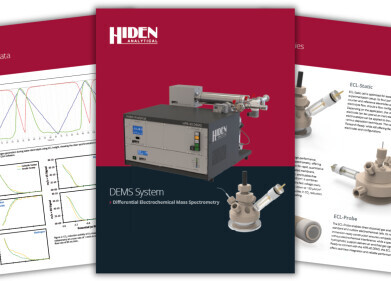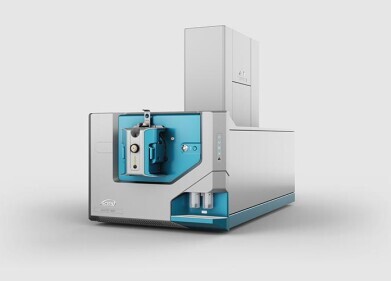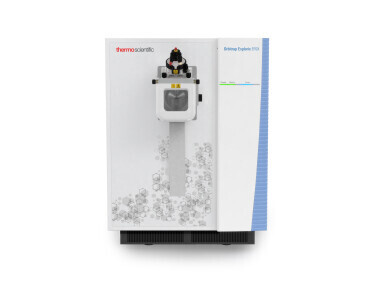Mass spectrometry & spectroscopy
How is AE Spectroscopy Used?
Apr 16 2022
Atomic Emission (AE) Spectroscopy is one of the most useful elemental analysis techniques available to scientists. Also known as Optical Emission (OE) Spectroscopy, it offers detection limits of subparts per billion, making it ideal for identifying and quantifying a wide range of elements.
As the name suggests, AE Spectroscopy uses an energy source such as a flame, arc, spark or plasma to excite atoms. This triggers a shift in energy levels and forces the atoms to release radiation at specific wavelengths. The intensity of this radiation is measured by a specialized instrument and used to identify individual elements in a sample and calculate concentrations.
Applications for AE Spectroscopy
With high sensitivity and detection limits of subparts per billion, excellent elemental coverage and impressive accuracy even at low concentrations, it’s no surprise AE Spectroscopy is the technique of choice for many applications. Below, we take a closer look at some of the ways AE Spectroscopy is used across a wide range of sectors.
- Analysing soils and detecting metal deficiencies within the agricultural industry
- Clinical diagnosis of metals such as Ca, Na, K and Mg in body fluids
- Detecting trace metals in water, including freshwater sources and ocean water
- Monitoring the quality of drinking water and tracking levels of minerals and trace metals
- Analysing and detecting metallic elements in rocks and minerals
- Analysing the content of metals such as Fe, Mn and Ni in lubricating oils
- Determining the mineral composition of geological samples, including sedimentary, igneous and metamorphic rocks
- Carrying out detailed analysis of pharmaceutical products
- Analysing concentrations of trace elements in products such as stainless steel
AE Spectroscopy and medical cannabis
Analysing metal concentrations in medical cannabis is one of the latest uses for AE Spectroscopy. As a hyperaccumulator, cannabis actively absorbs heavy metals such as lead, cadmium, mercury and chromium present in soils. These known carcinogenic can not only hinder the plants’ therapeutic properties but also pose a health risk to consumers.
“Heavy metals, such as lead, mercury, cadmium and chromium, are known to be carcinogenic," says Louis Bengyella, a plant science researcher at Penn State University. “The heavy-metal content of cannabis is not regulated; therefore, consumers could unknowingly be exposed to these toxic metals. This is bad news for anyone who uses cannabis but is particularly problematic for cancer patients who use medical marijuana to treat the nausea and pain associated with their treatments.”
AE Spectroscopy is used to identify and quantify metal concentrations in medical cannabis and ensure consumers enjoy products that are safe and free from carcinogens.
The wide reach of AE Spectroscopy
Spectroscopy is a multifaceted niche with a wide range of applications. AE Spectroscopy is just one of many techniques used to analyse matter. Find out more about alternative techniques, including X-Ray Spectrometry, Atomic Absorption Spectroscopy (AAS) and next-generation Raman Spectroscopy in ‘What Are the Different Types of Spectroscopy?’
Digital Edition
Lab Asia Dec 2025
December 2025
Chromatography Articles- Cutting-edge sample preparation tools help laboratories to stay ahead of the curveMass Spectrometry & Spectroscopy Articles- Unlocking the complexity of metabolomics: Pushi...
View all digital editions
Events
Jan 21 2026 Tokyo, Japan
Jan 28 2026 Tokyo, Japan
Jan 29 2026 New Delhi, India
Feb 07 2026 Boston, MA, USA
Asia Pharma Expo/Asia Lab Expo
Feb 12 2026 Dhaka, Bangladesh



















